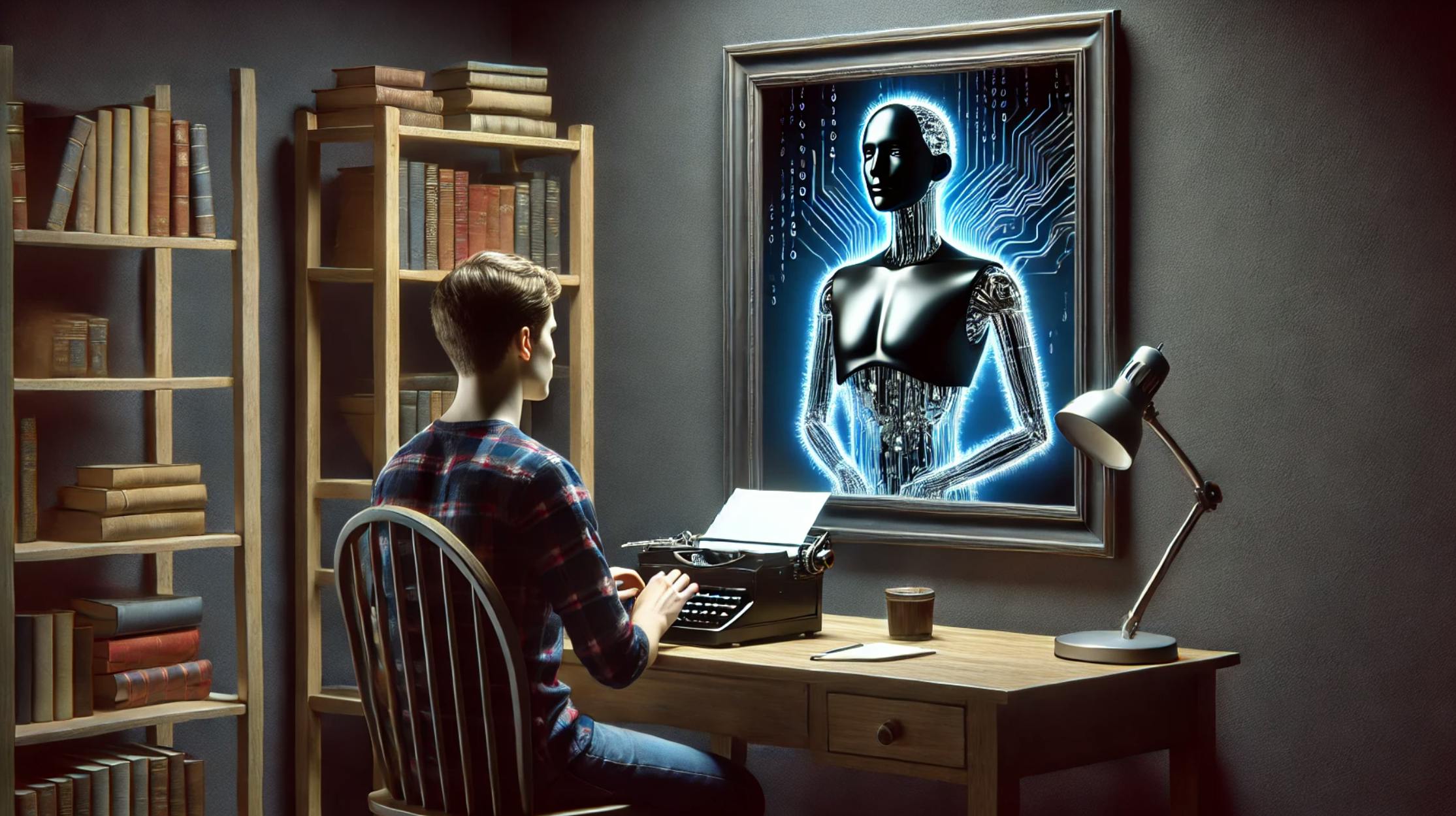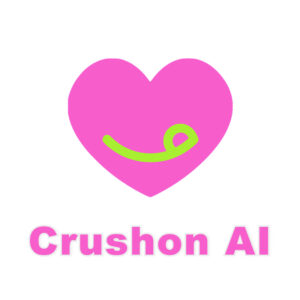AI May Not Replace Me Yet, but It Could Reveal My Lack of Originality

The Dilemma of Large Language Models
The emergence of Large Language Models (LLMs) has transformed how we perceive writing and creativity. These advanced AI systems do not create text in the way a famous author might craft a novel or a heartfelt note. Instead, they generate text by predicting what words might come next based on patterns found in vast amounts of data. This capability raises important questions about the nature of writing and our understanding of human thought.
Understanding the Mechanics Behind LLMs
Large Language Models primarily rely on statistical probabilities rather than genuine creativity. They analyze patterns in language, producing data-driven responses that mimic human writing. This process is not about creating original thought but rather about assembling language based on learned patterns.
This leads to a thought-provoking question: If LLMs utilize predictable patterns to generate text, how much of human writing has always been a matter of assembling previous ideas rather than pure inspiration? If our writing can be compared to a game of Tetris, where we arrange familiar pieces, what does that reveal about our own cognitive processes?
The Writer’s Journey: Craft or Formula?
When examining how writers create content, the process can look surprisingly algorithmic. Rather than purely relying on inspiration, writers tend to select words based on familiarity and contextual relevance, much like LLMs. While many believe that writing is an artistic struggle involving deep emotions and inspiration, it often involves the practice of making educated guesses about what fits best in a given context.
For instance, when crafting a piece of writing, a writer might draw upon their memories, experiences, and what they’ve read before. This method mirrors how LLMs function, even if they operate at a much higher speed and scale, free from the emotional struggles that human writers face such as self-doubt or writer’s block.
The Reality of Human Creativity
Humans pride themselves on their ability to create unique art, believing that pieces generated by AI lack true emotion. We assume that creativity, tied to human experience and feelings, sets us apart from machines. Yet, how often do we find ourselves recycling ideas? Many writers produce content that follows specific formulas or established tropes with little innovation.
When considering popular genres and styles, from genre fiction to marketing slogans, it’s essential to recognize that much of this writing is predictable and adheres to established patterns. The fact that AI can effectively replicate these formats suggests that a significant amount of human writing is not as original as we like to believe.
The Threat of Homogeneity in Writing
With the advent of AI-generated content, there’s a growing concern about the dilution of originality and creativity. This worry is not a fear of being replaced; it’s more about facing the uncomfortable truth that a lot of human output is already formulaic. As we increasingly use technology to create and share content, we risk entering an era where human creativity becomes indistinguishable from machine-generated text.
As we continue to blend AI’s capabilities with our writing processes, we might find ourselves in a cycle where AI imitates human writing, which in turn imitates AI; a never-ending loop of repetitive content could emerge.
The Existential Fear of Writing with AI
In a world dominated by Large Language Models, one can’t help but feel a sense of dread about the future of communication. How will discourse evolve in an environment where created text becomes increasingly indistinguishable from that generated by machines? There’s the concern that our critical thinking and unique voices may wane as formulaic content becomes the norm.
One key point remains clear: LLMs operate without the emotional complexities that often accompany human writing. They don’t struggle with word selection, lack self-doubt, and do not worry about their creative outputs. Yet, as technology progresses, will machines begin to simulate emotional patterns? Could they one day mimic human struggles, leading to questions about what it means to be a creative being?
The implications of such advancements are profound and remain a subject of debate. For now, navigating the intricate relationship between human creativity and AI’s capabilities continues to challenge and stimulate writers everywhere.



